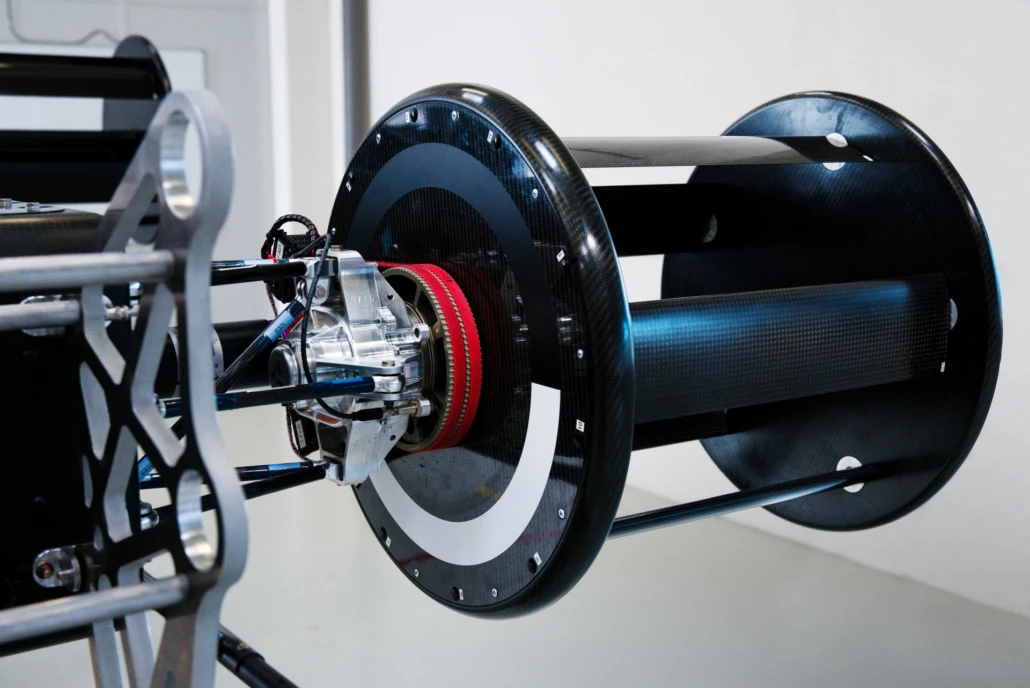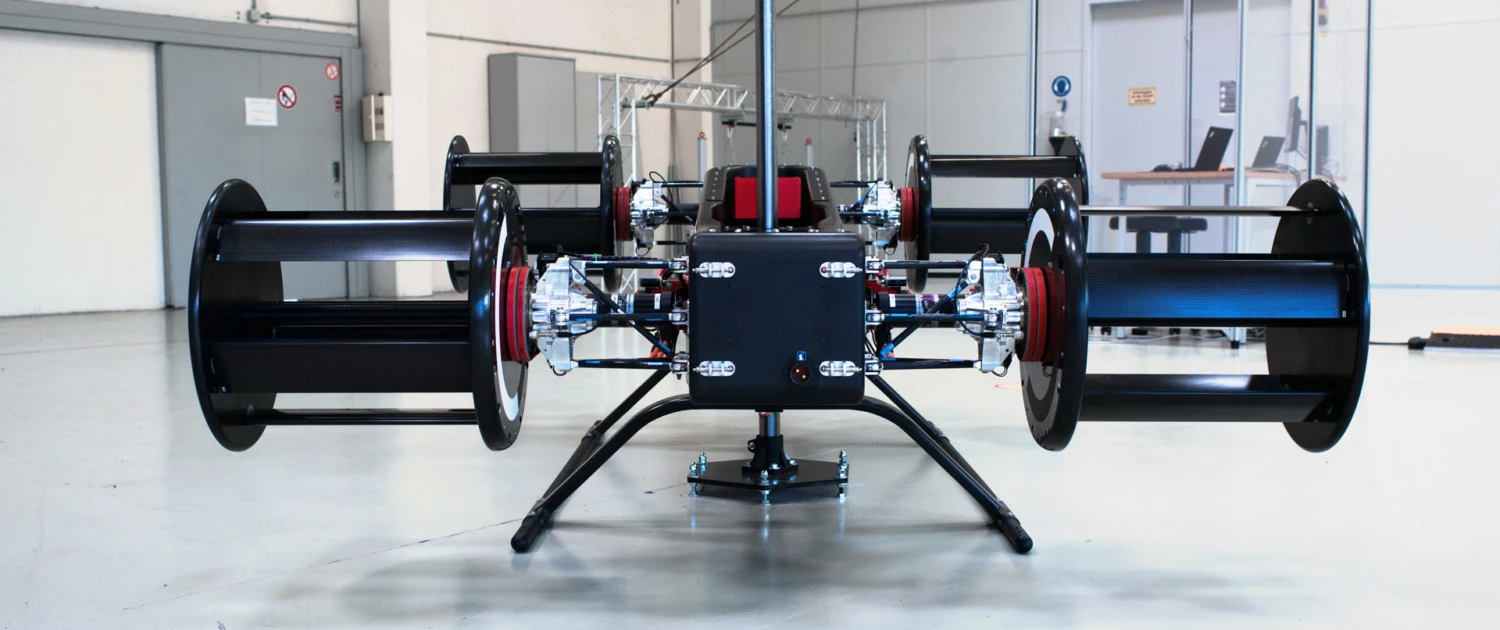The fascinating CycloTech eVTOL prototype has taken its first flight tests, running its paddle steamer-style "Cyclogiro" propulsion system, which offers some interesting advantages over typical multirotor-style designs.
The Cyclogiro system uses Voith-Schneider propellers instead of rotors, effectively packaging its propulsion systems as fast-spinning barrels. Each barrel has a number of variable-pitch blades around it, and the pitch of those blades varies constantly as the barrel spins. That allows the flight control software on these things to vector thrust very quickly in 360 degrees at each barrel, without having to speed up or slow down the rotation.
Like regular rotors with variable-pitch blades, this means an aircraft that flies on these things can operate on a range of different fuel systems, including fossil fuels that can't deliver instant torque like electric motors can. Unlike variable-pitch rotors, this system can also point thrust straight downwards, forwards, backwards or anywhere in between; this is the system you want if you need to fly in a vertical orientation or upside down.

Russia's Foundation for Advanced Research has already flown a 60 kg (132 lb) prototype of a Cyclogiro VTOL aircraft, which it intends to develop into a long-range, hybrid 6-seater. Now CycloTech has followed up with the first flight video of its 83 kg (183 lb) technology demonstrator platform.
The aircraft, based on a 4-barrel design intended to mimic the dynamics it will be pursuing with a future 5-seat air taxi model, is shown in a tethered indoor takeoff, hover and land test. It seems to be pretty stable – unsurprising given the lack of wind – and the team has left the sound on so we can hear the noise profile, even if it is drowned out somewhat by some very exciting bleepy, bloopy music. As is tradition for promotional videos of otherwise rather unexciting technical tests.
We're still waiting to learn how this system performs in terms of thrust and efficiency.
Enjoy the video below.
Source: CycloTech






